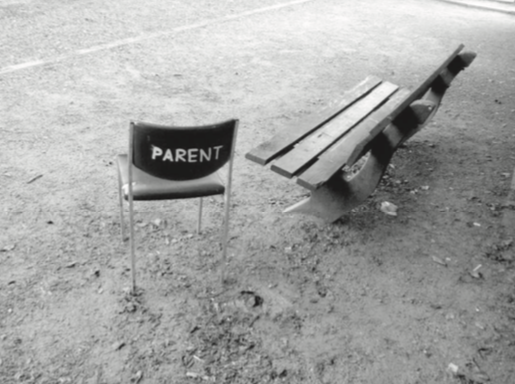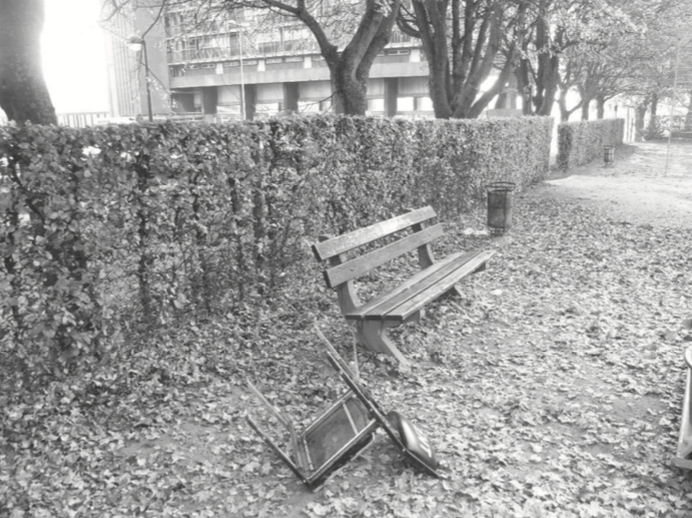U
UNDECIDABILITY
Jozef Wouters has been active as a scenographer and artist since 2007. Wouters often departs from questions and ideas that gradually take shape inside and outside the boundaries of making. Strategic spaces thereby enter into dialogues with social processes and the power of the imagination; sometimes functional, sometimes committed or absurd, but always with a focus on the things that preoccupy him as an artist and as a person. Wouters’ own work often relates to a specific location, such as All problems can never be solved (2012) for the Cité Modèle in Laeken and the Zoological Institute for Recently Extinct Species (2013) for the Museum of Natural Sciences in Brussels, and his Decoratelier performance INFINI 1-15 (2016) for the main auditorium at the Brussels City Theatre (KVS). Wouters is an integral part of Damaged Goods, the Brussels based company of choreographer Meg Stuart. He initiates projects as an independent artist in residence, using his Decoratelier in Brussels as a base.
If you say the word undecided I see someone walking around, restless, searching. But if you say the word undecidability I see someone who is standing still. Someone standing next to something in doubt.
(...)
It seems to be a choice, an ability: the ability to linger,
to remain undecidable. It makes me think of a balancing act, a thing that is not yet in its final position, has not fallen and, maybe never will -- forever tilting
in a situation that is deliberately undecidable.
(...)
In fact undecidability needs to be a choice in order to become a value, an ability, an attitude.
(...)
Undecidability can be found by looking for weakness in one’s own work, standing next to it, pointing to its vulnerability. People say this is my weakness:
I stand next to my work and talk about it. It might be true. But that is the weakness I am looking for.
Together with an audience, I want to look at the work in a state of doubt. I need to stand next to it, looking at it and looking with it, doubting it and doubting with it.
This position of doubt, often literally on the right hand side of the work, is the state I want to be in.
(...)
In a letter written to his patrons, Michelangelo complains that the Vatican is forcing him to provide a wooden scale model of his design for Saint-Peters Cathedral. There was a fear he would die without completing the project and his vision would be lost without a precise scale model.
In his letter Michelangelo writes that he prefers clay because it can be remodeled easier while wood finalizes the design too much and leaves no space for doubt.
(...)
Now I have to think of a chair we placed on a playground in a social housing neighbourhood in Brussels.
I did a project there called All Problems Can Never Be Solved which began as a fictional architecture office called ‘Bureau des Architectes’, that was working in and with the neighbourhood for six months.
During that project someone asked us for more places in the neighborhood playground for the parents to sit to watch their children. So we placed a chair that doesn’t decide where one should sit.
In the end we had to decide to pour the chair
into a concrete block.
(...)
Undecidability is something else than flexibility.
A flexible space postpones the necessary choices.
A flexible space seems to be an apology.
“Sorry for not being there,” says the architect who designs a flexible space. Flexible walls are not the future. Flexibility is the past excusing itself for not being present.
(...)
I imagine different times, realities and fictions present simultaneously. It doesn’t matter what is true and what is not, what is reality and what is fiction, they don’t need to be separated. They can just exist next to each other in undecidable relations. To think of time as not linear but layered. In relation to city planning and the question how
do we make the city, I try to think about the past, present, and future as simultaneous.
(...)
Right now many artists seem to question
the future as a concept. I think that might be because the future is hijacked by tech companies in Silicon Valley; commodifying the future as an update, a version one can buy, depriving it of its metaphorical quality to be both dark, bright, unknown, free, and undecidable.
(...)







